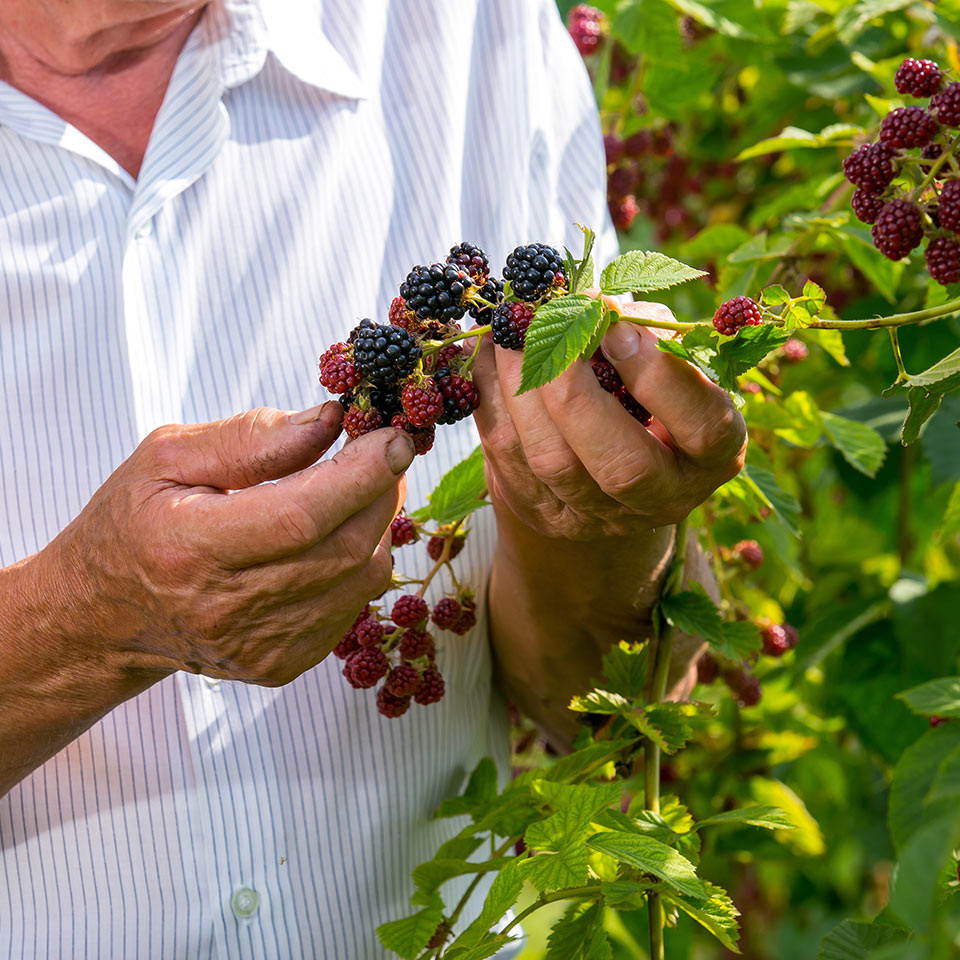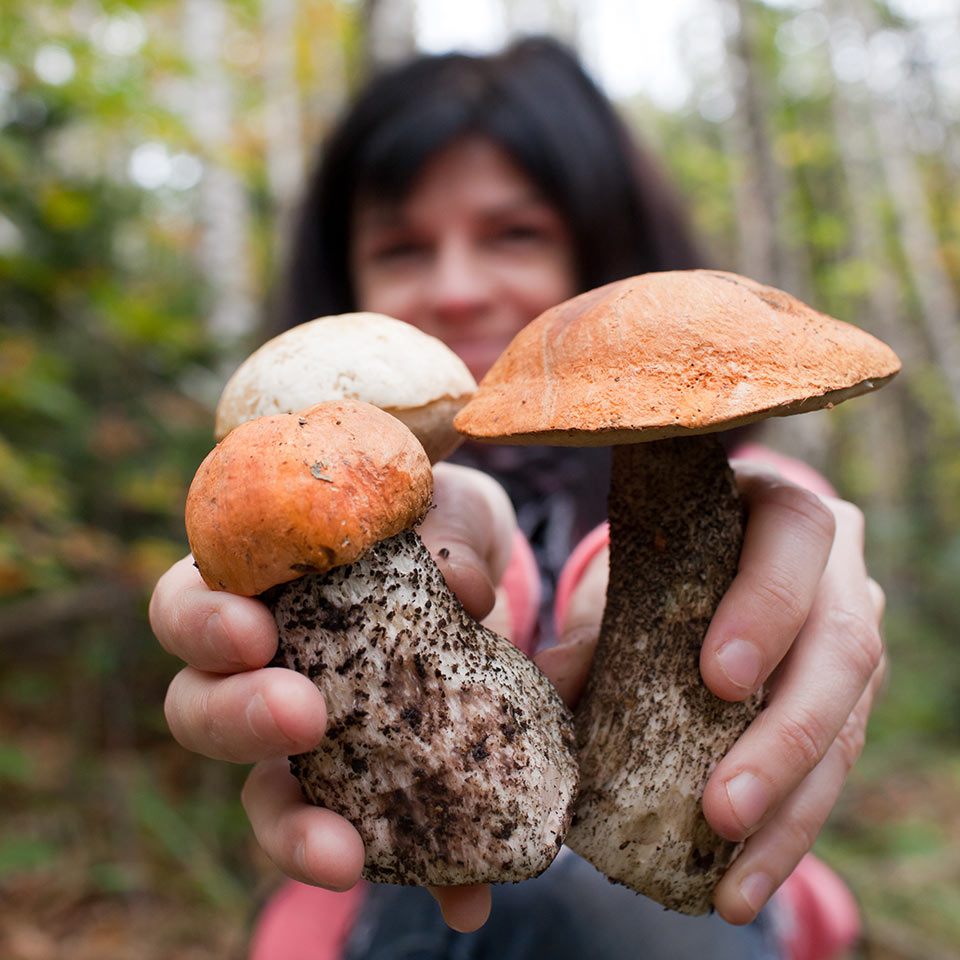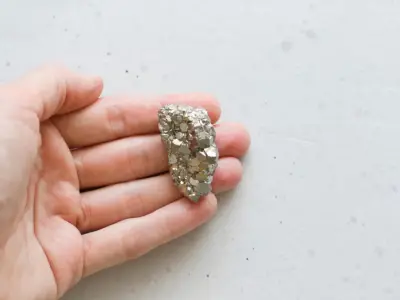Discover the joy of foraging in the UK during the summer months with our beginner's guide. We’ll introduce you to the wonders of harvesting edible plants and fruits, showing you how to identify seasonal treasures, and savour the tastes of the wild while connecting with the beauty of the British countryside.
Seasonal Considerations for Summer Foraging
Summer is a prime season for foraging in the UK. The abundance of nature's bounty during this time presents a fantastic opportunity to explore the diverse flavours and nutritious offerings that are available in the wild.
Understanding seasons and plant life cycles is crucial for successful foraging. Many plants have specific growing seasons, and being attuned to these cycles helps you to identify when they are at their peak for harvesting. One of the advantages of foraging in summer is the variety of ecosystems that come to life. Woodlands reveal a plethora of mushrooms, wild garlic, and berries (like blackberries and raspberries). Meadows showcase an assortment of edible flowers, such as elderflowers and meadowsweet, along with an array of herbs and greens. Coastal areas offer seaside plants like sea kale and samphire, as well as coastal berries like sea buckthorn.
While indulging in the delights of summer foraging, it is essential to maintain sustainable practices. As responsible foragers, we have a duty to protect and preserve our natural resources. Avoid over-harvesting and ensure that you only take what you need, allowing plants to propagate and support the ecosystem. Be mindful of rare or endangered species too, and refrain from foraging them, contributing to their conservation instead.

Top Edible Plants & Fruits to Forage in Summer
Elderberries
Elderberries are small, dark purple berries that grow in clusters on the Elder tree. They have a rich, tart flavour and are commonly used for making jams, jellies, or syrups.
Nutritional Benefits: Elderberries are a good source of vitamin C, antioxidants, and dietary fibre.
Recognition and Harvesting: Look for elderberry bushes near riverbanks or in hedgerows. Make sure to pick fully ripe berries, as they are sweeter and easier to work with.
Blackberries
Blackberries are juicy, black or dark purple fruits that grow on thorny bushes. They have a sweet and slightly tart flavour, making them perfect for pies, jams, or even eating raw.
Nutritional Benefits: Blackberries are packed with vitamins, minerals, and antioxidants, and are high in fibre.
Recognition and Harvesting: Blackberries are commonly found in woodland areas or along hedgerows. Look for fully ripe berries that are plump and dark in colour. Use your hands or a pair of gloves to avoid prickly thorns.
Nettle Leaves
Nettle leaves are heart-shaped and covered with tiny stinging hairs. Once cooked, they lose their sting and have a slightly nutty flavour. They can be used in soups, stews, or herbal teas.
Nutritional Benefits: Nettles are rich in iron, vitamins A and C, and are known for their detoxifying properties.
Recognition and Harvesting: Nettles are often found in damp areas such as meadows or along riverbanks. Wear gloves when harvesting them to avoid stings. Pick the top few leaves of young plants, as they are the most tender.
Wild Strawberries
Wild strawberries are small, sweet, and juicy - often smaller than their cultivated counterparts. They can be eaten raw, or used in desserts such as cakes or ice creams.
Nutritional Benefits: Wild strawberries are high in vitamin C, folate, and manganese.
Recognition and Harvesting: Often found in sunny, open locations like meadows or hedgerows. Look for small, bright red berries with a strong strawberry scent.
Broadleaf plantain
Broadleaf plantain is a perennial plant that produces small, oval-shaped leaves with distinctive parallel veins. The leaves have a slightly bitter, nutty flavour and can be used in salads or cooked as greens.
Nutritional Benefits: Broadleaf plantain is high in vitamins A and C, calcium, and potassium.
Recognition and Harvesting: Commonly found along roadsides and in grassy areas. Look for the broad leaves with distinctive veins, and avoid picking from areas with heavy pollution or potential pesticide use.
Redcurrants
Redcurrants are small, translucent, red berries that grow in clusters on shrubs. They have a tart, tangy flavour and are often used in jams, jellies, and sauces.
Nutritional Benefits: Redcurrants are high in vitamin C, antioxidants, and dietary fibre.
Recognition and Harvesting: Often grown in gardens or found along hedgerows. Look for translucent, red berries in clusters and avoid picking any that are soft or mushy.

Foraging Tools & Equipment
Foraging can be a fun and fulfilling activity in the UK, but it's important to have the right tools and equipment to do it safely and effectively. Here are some essential items to consider bringing with you on your foraging trips:
- Foraging Basket - A sturdy, lightweight basket is the ideal container for holding your gathered fruits, herbs, and mushrooms. Look for a basket with a handle and a wide base for ease of carrying and to avoid inadvertently crushing your foraged items.
- Gloves - Gloves are particularly important when harvesting plants with thorns (such as blackberries or rosehips), as well as those that may cause a rash like nettles or poison ivy. Choose gloves that are comfortable, durable, and that fit your hand size.
- Scissors or Pruning Shears - For harvesting shrubs, bushes or thick-stemmed plants, a good pair of scissors or pruning shears can come in handy. These will allow you to cleanly cut off a portion of the plant without damaging the rest of it.
- Field Guide or Plant Identification App -Having a good field guide or plant identification app can help you to properly identify the plants you find while foraging. A field guide can provide in-depth information on the plant's appearance, habitat, and culinary uses, while a plant identification app can use your phone's camera to help you identify a plant at first glance.
- Long-Sleeved Clothing - Wearing long-sleeved clothing when foraging can help to protect you from scratches, bites, stings, or other injuries. Choose breathable materials for comfort and be mindful of the weather conditions on the day to make sure that you are dressed appropriately.
As you explore the world of foraging, why not deepen your knowledge and skills with our Foraging Diploma Course, available for just £29 (save £98!). This online course will provide you with home remedy suggestions, foraging tips, and a comprehensive understanding of wild mushrooms and other foraged foods. Whether you're a beginner or already have some experience, our course has something to offer. Happy Foraging!





